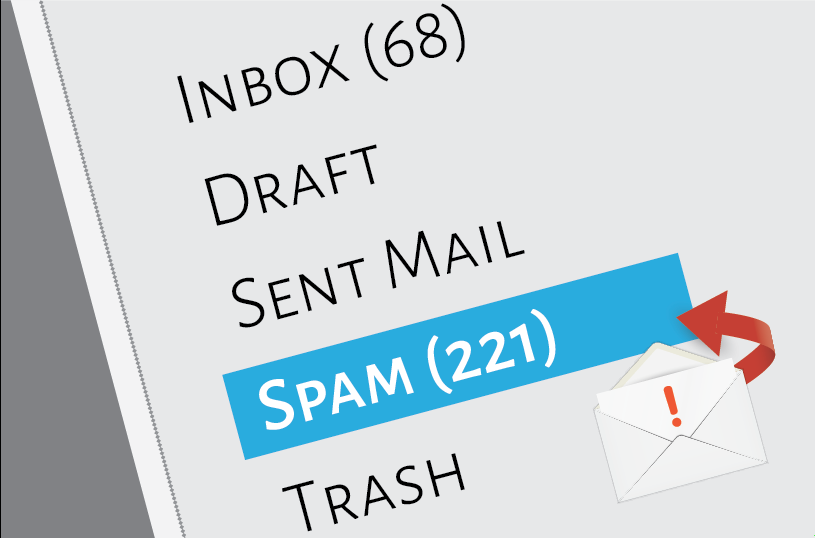A quarter of legitimate marketing emails still fail to make it to users’ inboxes, according to research by software supplier Lyris Technologies. The study also found that the proportion of permission-based emails delivered to junk mail folders by European internet service providers (ISPs) has shot up to 20.4 per cent, compared to 7.6 per cent last quarter.
According to Stefan Pollard, director of consulting services at hosted software provider Email Labs, email deliverability in the second quarter of this year was affected by the introduction of Sender Policy Framework (SPF) checks to ISPs’ spam filtering systems. These checks are designed to ensure that emails purporting to be from a particular domain actually come from the domain’s list of approved senders.
‘This is the first time we’ve seen SPF checks start to creep into content filter tests,’ says Pollard. ‘The good news is that it’s an easy fix for marketers – in fact, it’s completely in the sender’s power to make sure the [SPF authentification records] are accurate at all times.’
The research from Lyris also found that while image spam is decreasing, spam using PDF, PowerPoint and Excel files is on the rise.
Dave Dabbah, vice-president of marketing for Lyris, comments: ‘It’s important for marketers to keep track of spam trends, because as spammers change the way they attack, the ISPs change the way they monitor and filter email messages. PDFs and other files may have been safe a year ago, but today they’ll attract a higher spam score.’
Lyris’ study monitored the delivery of 436,558 permission-based email messages from a variety of organisations sent to multiple accounts at 58 ISP domains in the US, Canada, Europe and Australia.
8 Tips to beat the spam filters
- Be brief – In particular, avoid very long lines of text.
- Keep it simple – Different fonts, words in upper-case letters and embedded images can all contribute to a higher spam score.
- Avoid ‘spammy’ words – Aside from the obvious culprits like Viagra, Rolex and diet, beware words that often go with them such as enhanced, replica, quality, hard and stamina.
- Check the sender’s email address – If it doesn’t match the name of the mail server it was sent from, your spam rating will shoot up.
- Clean your email list – Sending emails to accounts that no longer exist could flag you as a spammer.
- Don’t try to track opening – Tracking devices that report if an email has been opened can backfire: not only will virus checkers disable the tracker, but the fact it’s been detected will boost your spam score.
- Test before you send – Send your email through as many spam filters as you can, including to Hotmail, AOL and Yahoo addresses, and see if it gets through.
- Send emails in small batches – Don’t send tens of thousands of emails in one go.
To read about how mobile marketing can help your business, click here.






